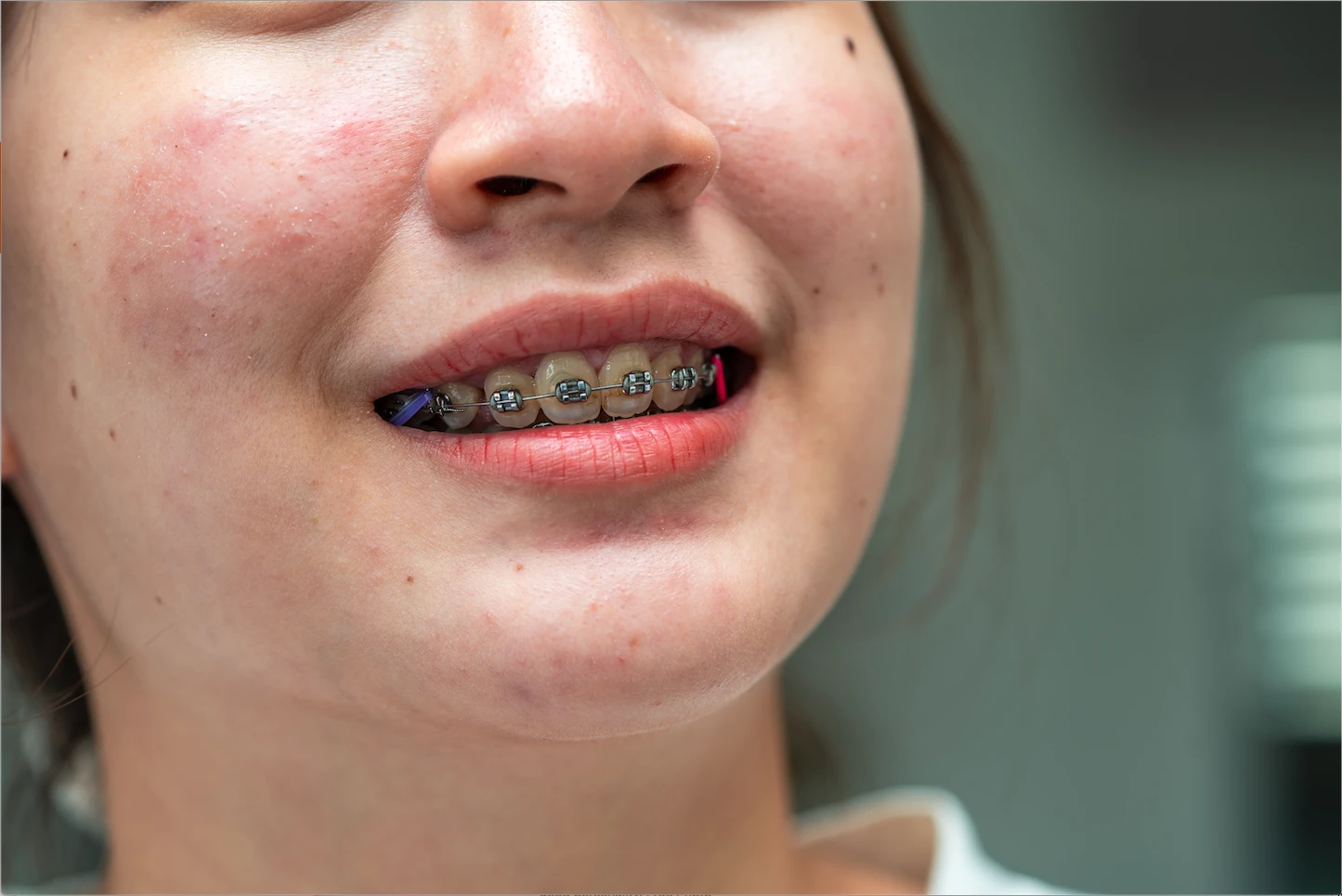Impact of age on orthodontic treatment effectiveness:
Younger patients tend to have more malleable bones, allowing for easier tooth movement and alignment.
Older patients may require more extensive treatments, as their bones have hardened and may not respond as readily to braces or aligners.
It is generally recommended to start orthodontic treatment during adolescence when growth spurts occur, as this can assist in proper jaw alignment and overall treatment effectiveness.
Optimal stage for orthodontic braces implementation:
The optimal stage for braces implementation is typically around the early teenage years, when most permanent teeth have emerged.
This stage allows for the correction of dental and skeletal irregularities while taking advantage of growth potential.
Implementing braces at this stage can help achieve long-lasting results, as it aligns teeth and corrects bite issues before they worsen or cause further complications.
Timing considerations for orthodontic jaw surgeries:
Orthodontic jaw surgeries are often performed in conjunction with braces or other orthodontic treatments.
Timing is crucial, as the surgery aims to correct skeletal issues that cannot be addressed solely with orthodontic appliances.
It is important to wait until the jaw growth has ceased before proceeding with surgery, typically around late adolescence or early adulthood, to ensure stable and predictable results.
Effects of early orthodontic intervention on later outcomes:
Early orthodontic intervention, often referred to as Phase I treatment, can help intercept and correct developing dental and skeletal problems in young children.
This early treatment can prevent more serious issues from developing later, potentially reducing the need for extensive orthodontic treatment or surgeries in the future.
By addressing issues such as crossbites, overcrowding, or protruding teeth at an early stage, it allows for a more favorable environment for permanent teeth eruption and better overall facial harmony.
Time-sensitive interventions for orthodontic corrections:
Certain orthodontic corrections require timely intervention to achieve optimal results.
For example, correcting crossbites or thumb-sucking habits in children can prevent long-term consequences on jaw growth and tooth alignment.
Likewise, addressing impacted canines in teenagers promptly can prevent potential damage to neighboring teeth and facilitate their proper eruption.
Orthodontic treatment timeline and its significance:
The duration of orthodontic treatment varies depending on the complexity of the case and the chosen treatment modality.
A typical treatment timeline ranges from one to three years, involving periodic adjustments and monitoring by the orthodontist.
The significance of the treatment timeline lies in the need for consistent and gradual tooth movement, allowing the surrounding bone and tissues to adapt properly to the changes.
Factors influencing the timing of orthodontic treatments:
Various factors influence the timing of orthodontic treatments, including the patient's age, dental development, and the severity of the orthodontic issues.
Additionally, the cooperation and commitment of the patient play a crucial role in achieving successful outcomes within the expected timeframe.
The orthodontist's expertise and ability to assess the patient's specific needs will also influence the timing of treatments, ensuring they are initiated at the most appropriate stage for optimal results.
Role of dental development in orthodontic timing:
Dental development is a critical factor in determining the timing of orthodontic treatments.
It is important to consider the eruption and positioning of permanent teeth before starting comprehensive orthodontic treatment.
Dental development guides the orthodontist in determining when to initiate treatment, ensuring that the appliances and interventions are applied at the most favorable stage to achieve desired results.



